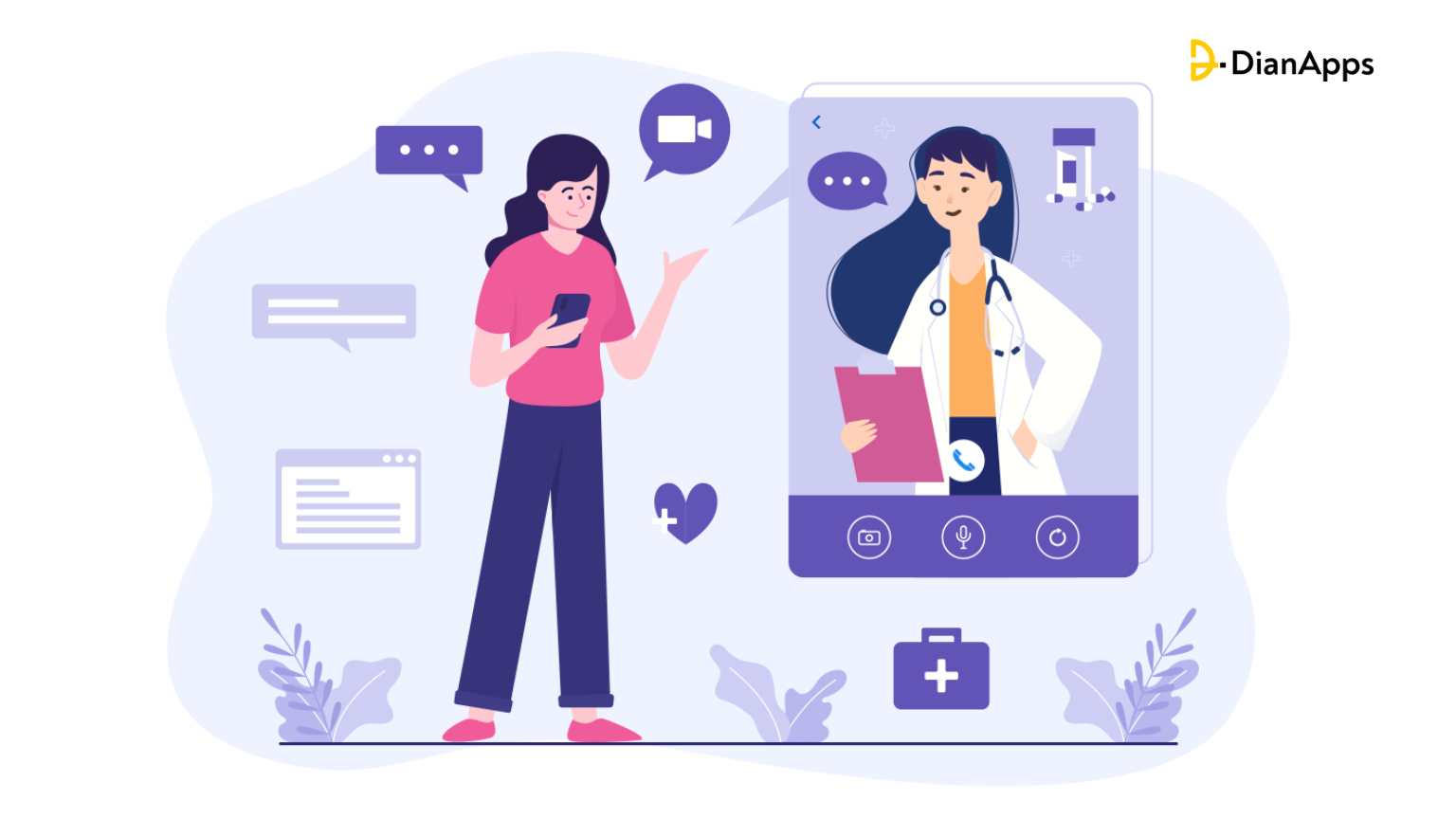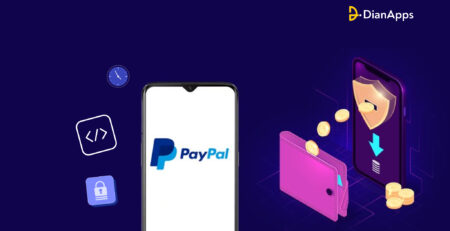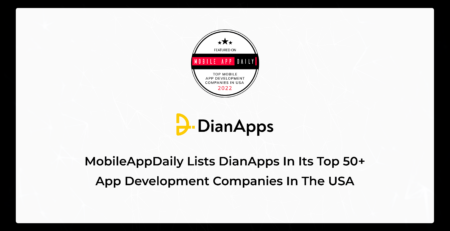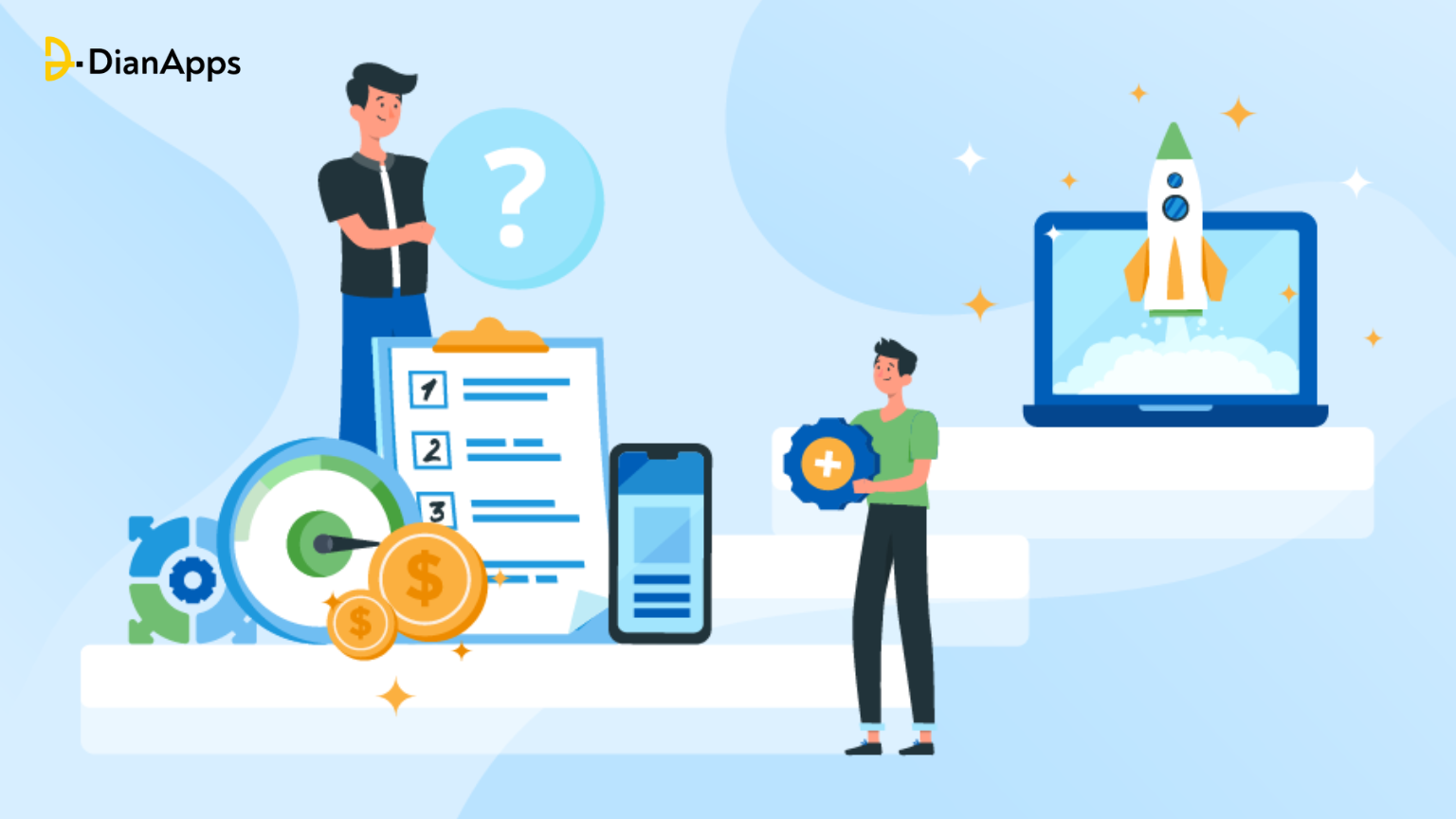Telemedicine App Development: The Future of Healthcare
In today’s fast-paced world, telemedicine app development services are revolutionizing healthcare with convenience and accessibility. With smartphones and the internet, telehealth connects patients and doctors like never before, saving lives and transforming medicinal delivery.
The global telemedicine market has surged, from $50 billion in 2019, and is expected to hit $460 billion by 2030. Now is the perfect time to invest in telehealth app development, meeting the soaring demand for remote healthcare app development services. You’ll certainly know this if you are abreast with the latest trends for the healthcare industry.
In this article, we explore telemedicine app development in detail, unveiling its benefits, types, and essential features. Discover real-world examples and technical insights for a seamless user experience. We’ll also guide you on cost and revenue potential, empowering you to monetize this transformative technology.
Join the telemedicine revolution and shape the future of healthcare app development solutions with our expert guidance. Let’s build a healthier and more connected world together.
Basics of Telemedicine App
Telemedicine is a well-known means of providing healthcare and diagnosis over the Internet. It enables patients to communicate with a healthcare practitioner through the use of telecommunications technology such as phone calls, video chat, or text messaging. Patients can book an appointment with a doctor and receive a consultation without leaving their homes using a telemedicine application.
Indeed, telemedicine apps benefit both patients and doctors. Patients can receive medical treatment in the comfort of their own homes, saving both time and money, while doctors can set their own schedules, spend less time on administrative work, and gain more patients and revenue.
How Does Telemedicine App Work?
Understanding the benefits of telemedicine apps in healthcare service delivery has revealed that telehealth usage necessitates custom telehealth software, a camera, and a microphone. Here is how the telemedicine app functions:
- Registration and Sign-in
Patients have the option to complete the registration process and log in using either their phone number or email ID.
- Profile Creation
Once logged in, patients can upload their medical records and provide essential medical information, family medical history, past treatment plans, and insurance details, all visible on their dashboard.
- Search and Filters
Upon login, patients can view doctors’ profiles tailored to their medical preferences. By applying filters, they can narrow down their search based on specialization, rating, language, gender, and more.
- Book Appointments
After selecting a doctor’s profile along with their schedule, qualifications, and workload, patients can request appointments at their convenience.
- Share Interactive Data
Before video consultation, patients can share essential files such as MRI images, audio or video files, and necessary documents like lab test reports, helping doctors make informed treatment plans quickly.
- Digital Data Storage
Following the video consultation, the prescribed treatment plan and medications are stored digitally, preventing data duplication and streamlining billing services.
- Payment
Patients can conveniently pay for medical bills using in-app payment methods like credit cards, debit cards, cash, and other payment gateways, with the receipt sent digitally.
cards, cash, and other payment gateways. Later, the receipt is sent to the patient digitally.
Telemedicine Software Features
For Doctors and healthcare professionals:
- Doctor Profile
When doctors register with the telemedicine app, they can showcase their specialization, experience, and licenses, providing patients with valuable insights.
- Seamless Communication channel
Empower doctors to conduct audio or video consultations, as well as in-app messaging, to efficiently consult, diagnose, and monitor remote patients.
- Easy Scheduling and Calendar Management
Enable healthcare professionals, including physicians and surgeons, to set their availability, view patient consultation requests, access a calendar of all appointments, and set reminders for seamless appointment management.
- Efficient EHR Review
Integrated with Electronic Health Records (EHR), telemedicine app development facilitates easy access to patient records, enhancing the doctor’s ability to review crucial medical information.
-
Convenient E-prescription
After remote consultations, doctors can effortlessly create and send electronic prescriptions to patients or pharmacies, allowing patients to conveniently obtain medications at nearby pharmacies.
For Patients:
-
Registration
Patients should be able to sign up using an email address, a phone number, or social media. Because telemedicine applications deal with sensitive data, it’s critical to provide an extra layer of security (two-factor authentication via SMS, voice, or phone).
-
Patient profile
When a new user logs in after registering for your telemedicine app, he or she must provide information such as age, gender, insurance, chronic conditions, and so on. But make sure to streamline this process as much as possible by limiting the number of mandatory fields (because no one likes filling out long forms).
-
Search
Following a simple and quick registration, app users should be able to search for medical care specialists based on a variety of factors (specialization, location, rating, and so on).
-
Appointments and calendar
This is an important feature for assisting patients in scheduling, rescheduling, or canceling appointments with medical professionals. Patients will also have access to a calendar to view their upcoming appointments.
-
Communication tools
A must-have feature in the MVP that allows patients and doctors to communicate in real time (via audio or video conferencing, or live chat).
-
Payment integration
This is self-evident. The patient pays the doctor for the service provided after a consultation. Payment modes in Telemedicine or Healthcare app development can be made by incorporating a payment gateway such as Stripe, PayPal, or Braintree.
-
Push Notifications
Include a push notification feature that will remind patients of all forthcoming medical appointments.
-
Rating and reviews
Now, you would need reviews on your service! Hence let patients express their opinions, write reviews, and rate doctors following virtual consultations.
Benefits of Telemedicine app development
For Patients :
Effortless access to specialists
The hospital in your town or nearby area may not have all types of specialists available. As a result, you may have to travel to a distant location to receive treatment for a specific disease. You can consult with any type of specialist you want using these apps.
This is one of the primary reasons to initiate the transforming telehealth mobile app development in 2023.
Rapid solutions
These apps are extremely useful when a patient is suffering from minor health issues such as a cold or fever. They can use their mobile phone to contact the doctor and obtain the appropriate medication in a matter of minutes. This saves time spent traveling to and waiting in the doctor’s office.
Enhanced satisfaction
One of the most significant benefits of using telemedicine applications is complete satisfaction. You can have a more productive conversation with the doctor and clear up any confusion. Most telemedicine apps provide 24-hour service. So, whenever you have a question, you can go to your account and get it answered.
For Doctors:
Efficient Monitoring System
An effective monitoring system incorporated into telemedicine applications is an important aspect of the development. Such software keeps a record of all medical history of the patient and doctors can hire a virtual scribe to take detailed notes of each website as well. Not just that, but all the previous medical records are available by date, which helps the doctor to follow up.
Saves time
The doctor can save time on basic past-related queries because the basic process in the software is automated. At the start of the session, the app itself shares the data with the doctor.
Widespread Reach
If you live in a remote area, your doctor is probably several miles away, and the quality of your medical care is much more likely to be substandard. And who wants to spend all that time commuting just for a quick screening and a diet discussion? As a result, the application enables the doctor to travel to remote areas and serve patients by way of organizing free medical camps or health awareness campaigns.
Monetization Opportunities from Telemedicine Solutions:
Application monetization can be accomplished in a variety of ways. In-app purchases, advertising, sponsorship, a subscription model, crowdfunding, and other options are available. The concept and target customers should drive telemedicine app monetization. This strategic decision should be thoroughly considered beforehand.
In telemedicine apps, charging users is one of the most popular ways to generate income. It is possible to receive a percentage of a service’s revenue, similar to the Uber revenue model. For example, the Doctor-on-Demand app charges patients a 25% fee. This rate can be adjusted based on the specifics of the consultation, such as duration, doctor specialization, and other factors.
Let’s look at the monetization models that are included in telemedicine app development!
- Membership or subscription model – In this model, doctors and/or patients have to pay a fixed sum of money every month, quarter, or year. E.g., Myca Nutrition implements this strategy and sells its products in other countries.
- Software as a service – This service provides the software product to medical establishments. Doctor-on-Demand SaaS, for example, charges around $1 per employee per month.
- Franchising – A franchise can be used to distribute a product here. If the local market is competitive, it is possible to offer a software product overseas. SkyHealth, for example, sells a franchise for $3,000.
- Pay per consultation – As previously stated, it can be related to the specialist, the duration of the consultation, or any other metric.
- Freemium – The telemedicine app has basic features that are free to download, and interested users can access additional features by making a payment.
- In-app purchase – Increase revenue by making in-app purchases such as unlocking any premium features, purchasing medicine or healthcare products, content, and others that users can access indefinitely.
Check out how on-demand services are helping the Healthcare industry!
How to Build a Telemedicine Platform
DianApps divides the telemedicine app development process into two major stages: discovery and development. Each step has associated processes and necessitates the participation of various specialists. Let’s break each stage down.
The Discovery Stage:
Business analysis
This may include optional services such as market and competitor analysis. The creation of a product backlog with a detailed description of app functionality and system logic is a required part of this stage.
A business model Canvas is a useful tool for telemedicine business planning. The tool has nine sections that analyze the customer, revenue, resources, value proposition and activities, and costs.
To begin, consider the following flow in telehealth app development:
- Determine the precise target audience.
- Determine the goal of the telehealth app development.
- Create a project business plan (including revenue streams).
- Make trustworthy app content and organize the data
- Make a budget for telehealth app development and marketing costs.
- Make an investment application
- Create a product with a team of professional software developers.
Telemedicine can target one or more market players such as healthcare providers, governmental healthcare institutions, patients, healthcare specialists, healthcare organizations, and so on.
Alternatively, a telemedicine project can concentrate on a specific medical treatment or client demographic (for example, children, the elderly, etc.). The type of project you select will have an impact on the healthcare software development process.
Software architecture planning
The System Architect builds this app based on the project requirements and business objectives gathered in the previous step.
UX/UI design
The app interface, layout, and navigation are developed based on the telemedicine app concept’s product backlog and functional specifications.
Read about the proven ways to enhance your healthcare app UX for a better experience.
Project management
Throughout all stages of telemedicine application development, the Project Manager guides and organizes the entire process such as planning and supervising, and assigning tasks to the team members. He/she also monitors the progress, delivery budget, and time while mitigating risks
The development stage
Early planning
In the custom software development lifecycle, this corresponds to a total of zero sprints. This is when the development team organizes development work, processes and sprints, and deadlines.
Development
It essentially conforms to the app coding phase. The stage may focus on delivering the first app version with core features in order to get it to market faster, and then scaling the project further with subsequent versions. Alternatively, it is possible to develop a telemedicine app for all mobile platforms at once, but this comes at a greater expense.
Quality assurance and UAT testing
These procedures make sure that the telemedicine application is of the highest caliber and is performing as intended.
A team of required tech specialists is assigned by the software development company, including iOS and/or Android app developers, back-end developers, and QA engineers.
Cost of Telemedicine app development:
The cost of developing a telemedicine app is primarily determined by its features and the outsourcing partner you select.
If you want to build a telemedicine platform with features like online video consultation, backend management, appointment scheduling, and a custom interface, the cost will start at $40K, assuming a $50 per hour hourly rate. This includes all stages of development, product management, post-release support, and team communication. The price ranges from $80K to $100K.
Depending on the mobile or website development company you choose, you may be able to enjoy affordable rates with high-quality output.
To summarize, the cost of developing a telemedicine app ranges from $75,000 to $250,000 or more.
The average cost of developing various types of telemedicine apps is:
- Real-time interactive app: $85,000 to $150,000
- Store-and-forward: $75,000 to $100,000
- Remote monitoring: $90,000 to $200,000
DianApps Expertise
Telemedicine has transformed the way we approach healthcare by allowing patients to communicate with medical professionals remotely and reducing the need for in-person visits. Businesses can create custom telemedicine apps that meet their specific needs by collaborating with an app development company like DianApps.
The future of telemedicine app development is bright, with numerous potential applications for this technology in the coming years. When you hire DianApps as your healthcare app development company, you can rest assured that your app will be designed to provide a seamless user experience along with driving business success.




